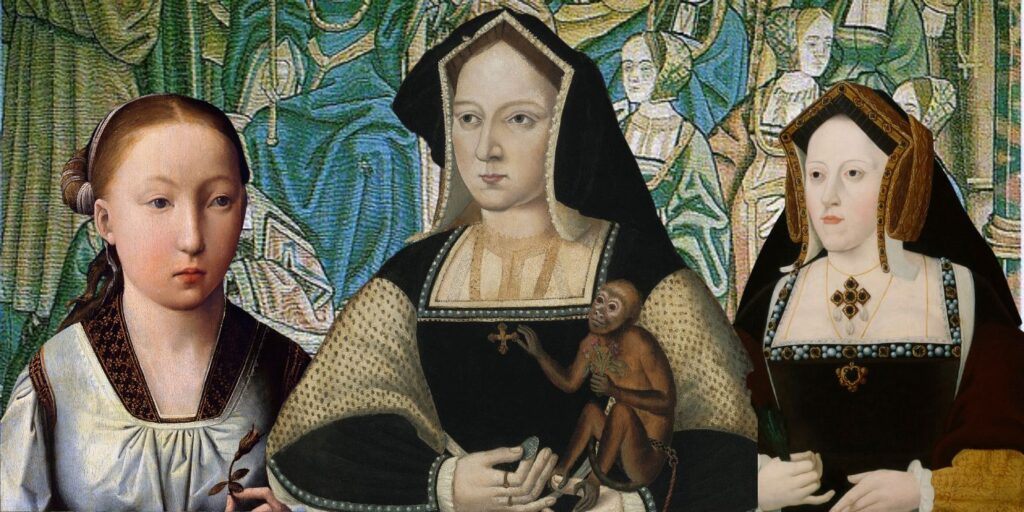In many ways, Catherine of Aragon was King Henry VIII’s most unlucky wife. She may not have been beheaded like Anne Boleyn and Catherine Howard, but she had the unfortunate accolade of being (by far) his longest-wedded spouse.
Despite the 27 years they spent together, Catherine was treated awfully by Henry and history. Long since relegated to the role of “unfortunate Catholic wife who caused the Reformation”, she has become a footnote as one of King Henry VIII’s six wives.
But Catherine of Aragon was so much more than that and true royalty in her own right, completely separate from Henry VIII. A warrior, intellectual, and political savant, the Spanish Queen was not merely Henry VIII’s wife.
1. Catherine of Aragon’s birthplace
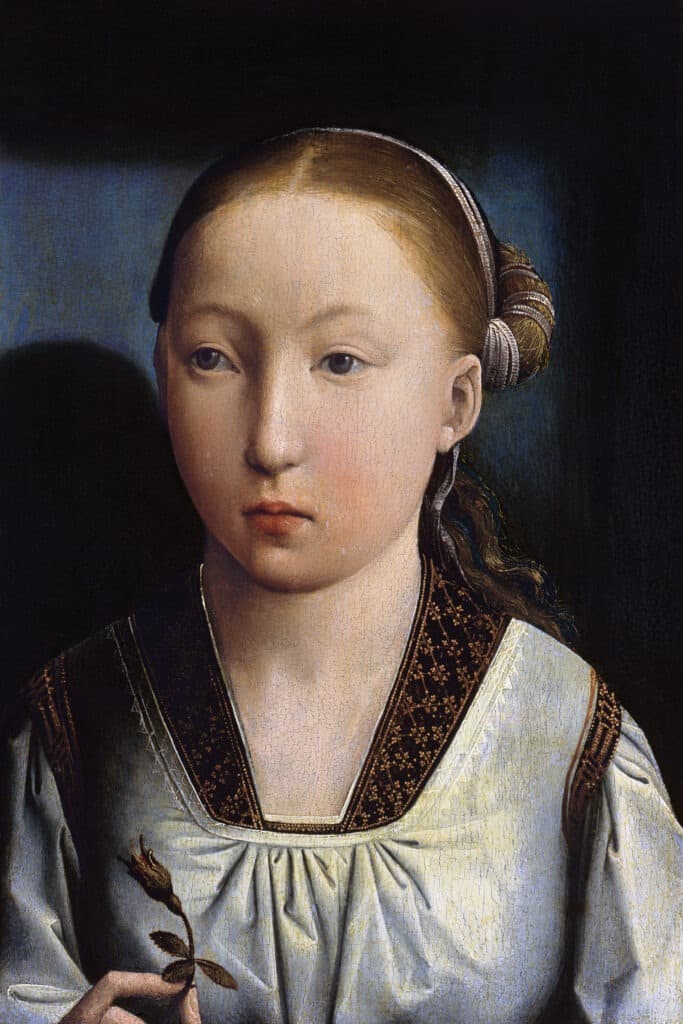
Catherine of Aragon wasn’t just any princess – she hailed from the illustrious Spanish royal family. Born on December 16, 1485, in the Archbishop’s Palace of Alcalá de Henares, she was the youngest surviving child of Queen Isabella I of Castile and King Ferdinand II of Aragon. Catherine’s lineage was a testament to the strength and strategic alliances of the Spanish monarchy, setting the stage for her eventual marriage to Henry.
Her upbringing in the midst of a rapidly changing Europe provided her with a unique perspective that would later shape her role as queen and diplomat. The dynamics of power and influence within her family would prove instrumental in navigating the complex web of Tudor politics.
2. Arthur, the Teenage Prince
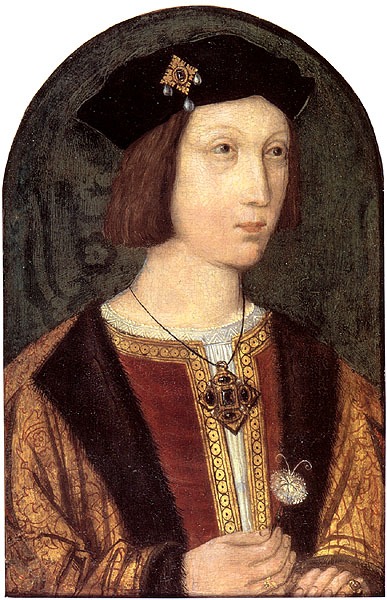
Catherine of Aragon’s journey to Queen of England began with her marriage to Arthur Tudor, Prince of Wales, Henry VIII’s elder brother. This alliance, intended to strengthen the bond between Spain and England, was made in 1501 when Catherine was just 15 years old. However, tragedy struck the royal couple, and both suffered a serious bout of illness five months after their wedding. Sadly, Prince Arthur passed away, leaving Catherine in a precarious position.
Luckily, her and Arthur had yet to consummate their marriage, meaning that she was eligible to marry his brother, the new soon-to-be king, Prince Henry. This was good news for the Tudors. By marrying Henry VIII it also meant they were not obligated to return her sizable dowry; which they would have been obliged to do otherwise.
3. Catherine of Aragon as a young widow

After Arthur’s death, Catherine found herself in a sort of limbo. The political wheels turned, and at one point King Henry VII himself, Prince Henry and Arthur’s father, even considered marrying the young Princess Catherine.
To the relief of all involved, this was later discarded and instead, Henry and Catherine were betrothed. However, due to various complications, including the need for a papal dispensation to marry Henry as she had previously been married to his brother, Catherine had to wait for years before tying the knot with the future king. This period of widowhood marked a lonely interlude in Catherine’s life, a time of uncertainty and anticipation.
But Catherine of Aragon didn’t spend those years idly. She spent time in the English court, developing a nuanced understanding of the political landscape and the intricacies of court dynamics. Strong-willed and strong-minded, these early years were instrumental for building her presence and authority as the later Queen.
4. A Queen of Many Hidden Talents

Contrary to the image of a somber queen confined to the shadows of her more infamous successors, Catherine of Aragon was a woman of many talents. She was not merely a queen by title but also a diplomat and a patron of the arts. Fluent in several languages, including Latin and Greek, Catherine corresponded with scholars across Europe, developing an intellectual environment within the court.
Catherine’s patronage of the arts extended to music and literature, leaving an indelible mark on the cultural landscape of Tudor England. She commissioned works, supported musicians, and, most notably, played a key role in theology. She did this both by regularly immersing herself in religious discourse and refusing to accept the insult to her religion the King’s desire for an annulment would bring. Bet she regretted that one later…
Catherine’s influence reached far beyond the confines of her marital woes, shaping the intellectual and cultural currents of her time. Her court became a place where scholars, artists and thinkers would meet to develop ideas and culture that became fixtures across European royalty.
5. The Warrior Queen
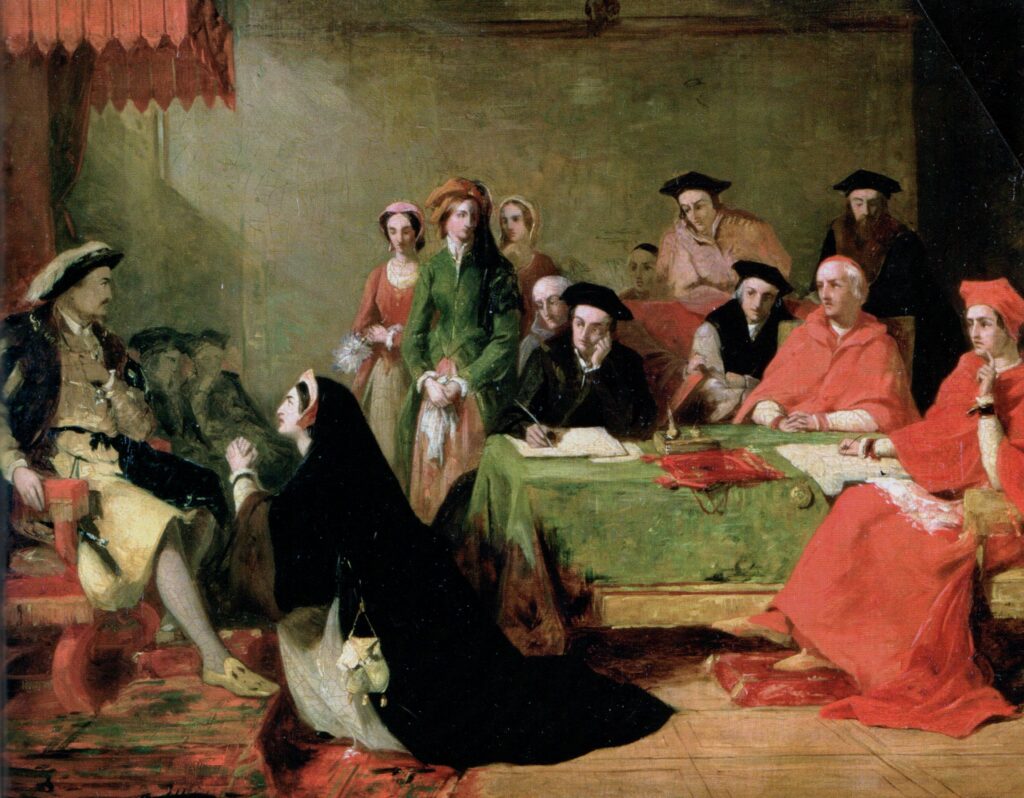
While Henry VIII was busy jousting and engaging in extramarital pursuits, Catherine was not content to remain a passive observer. In the absence of her husband during his military campaigns, she assumed the role of regent, governing the kingdom in his stead. This was no small feat, as Catherine navigated the intricacies of political intrigue and warfare with poise and determination. Her resilience and strategic acumen earned her the moniker of the “Warrior Queen,” a title not commonly associated with the queens of that era. Or sadly, one she is often remembered by today. Much like many other badass women in history, she has been overwritten.
Queen Catherine of Aragon’s military involvement was not limited to political maneuvering. In the absence of Henry VIII, she attended the Battle of Flodden in 1513, where England faced off against Scotland. The Warrior Queen famously donned armor and rode north to rally troops with rousing speeches and sentiments. While she may not have engaged in combat herself, her presence on the battlefield was a symbolic gesture of strength and resolve.
6. Catherine of Aragon’s Children
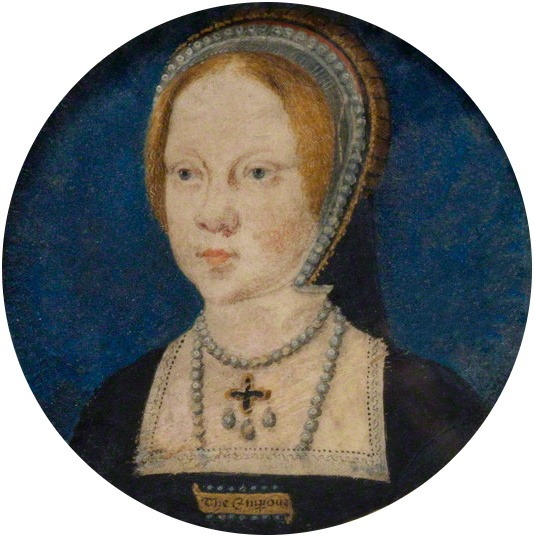
One of the most tragic aspects of Catherine’s life was her struggle with motherhood. Despite several pregnancies, only one of her children with Henry, the later Queen Mary I, survived infancy. Which, as it’s well known, was not something King Henry VIII was particularly happy about, given his desire (and need) for a male heir.
The struggle with motherhood was not just a personal tragedy for Catherine; it became a pivotal point in the political and religious upheavals of Tudor England.
In his quest for a male heir the young, attractive Anne Boleyn caught his eye. He promptly turned his attentions from his wife, and Spanish Queen, Catherine of Aragon, to the lady-in-waiting, and the stage was set for the eventual end of their 27-year-long marriage.
7. Queen Catherine of Aragon, until death

Catherine’s unwavering devotion to the sacrament of marriage is perhaps her most enduring legacy. Henry first tried, with the help of Archbishop of Canterbury Thomas Cranmer, to obtain an annulment of their marriage. But Catherine stood firm in her belief that their marriage was valid in the eyes of God. Her defiance in the face of political pressure and personal anguish showcased a woman of unyielding principles. Or perhaps at this point she just wanted to stick it to Henry.
Catherine’s refusal to accept the annulment led to the infamous break with the Roman Catholic Church, as Henry sought a divorce to marry Anne Boleyn. Her refusal to accept which was, at best, a very shoddy offer and future, forever altered the religious landscape of England, setting off a century of religious turmoil and changing affiliations.
Even when the King exerted his will and succeeded in casting her aside, Catherine of Aragon stood strong. She spent the rest of her life moved from castle to castle, with Henry blocking communication between her and her beloved daughter, Princess Mary. Despite it all, she remained steadfast, and until she died in 1536, suspected to be from cancer, instructed those who served her to still refer to her as the rightful Queen of England.
